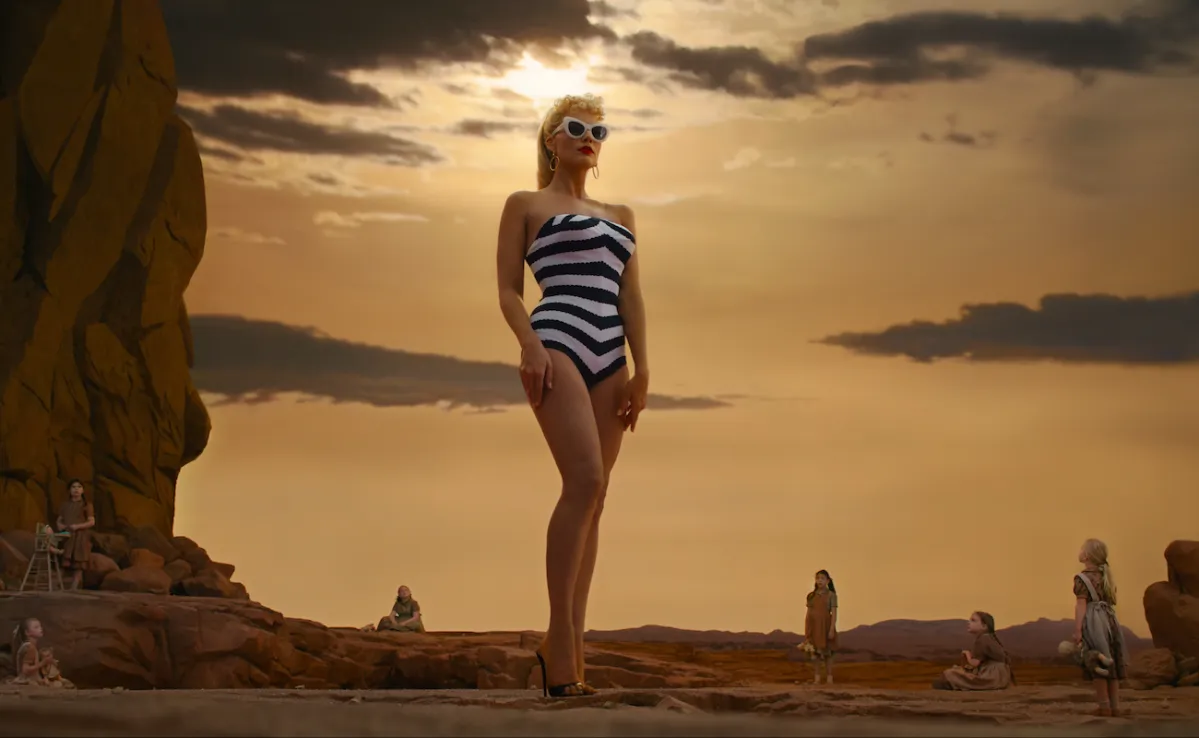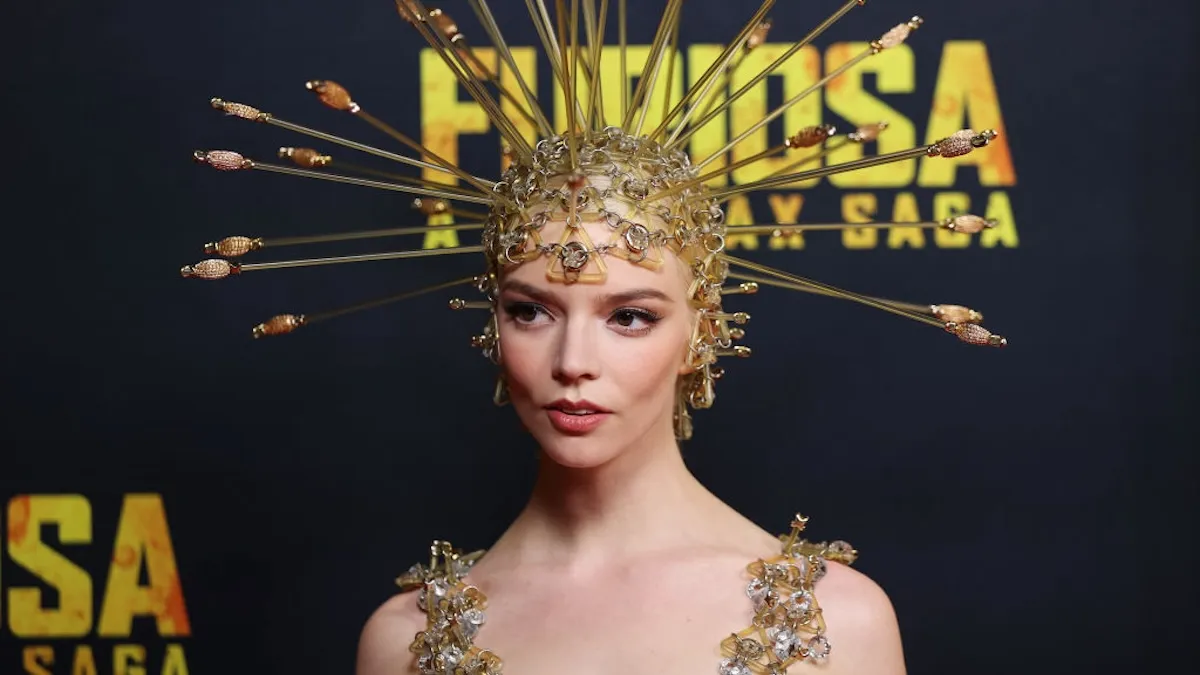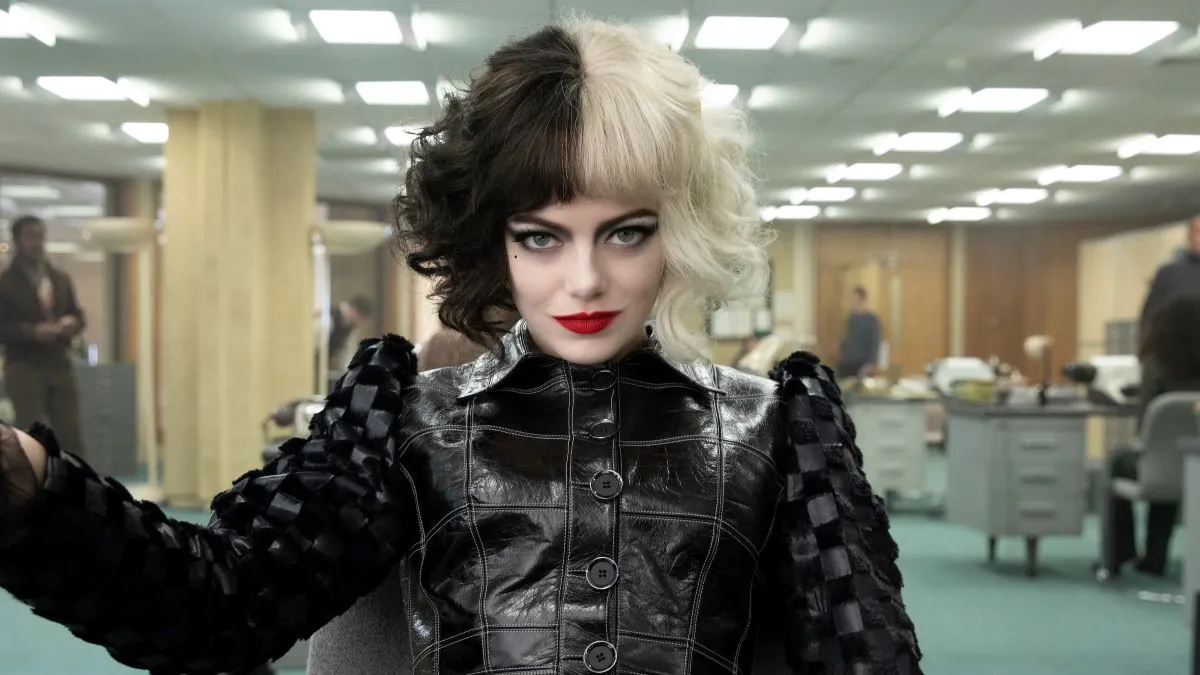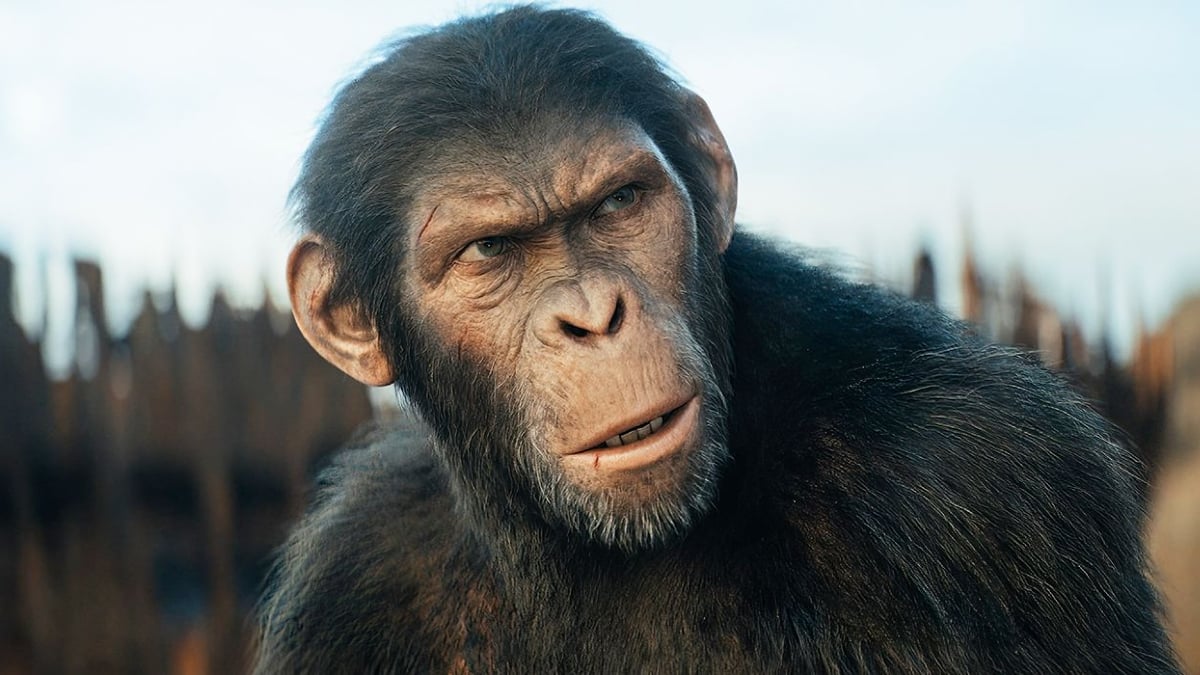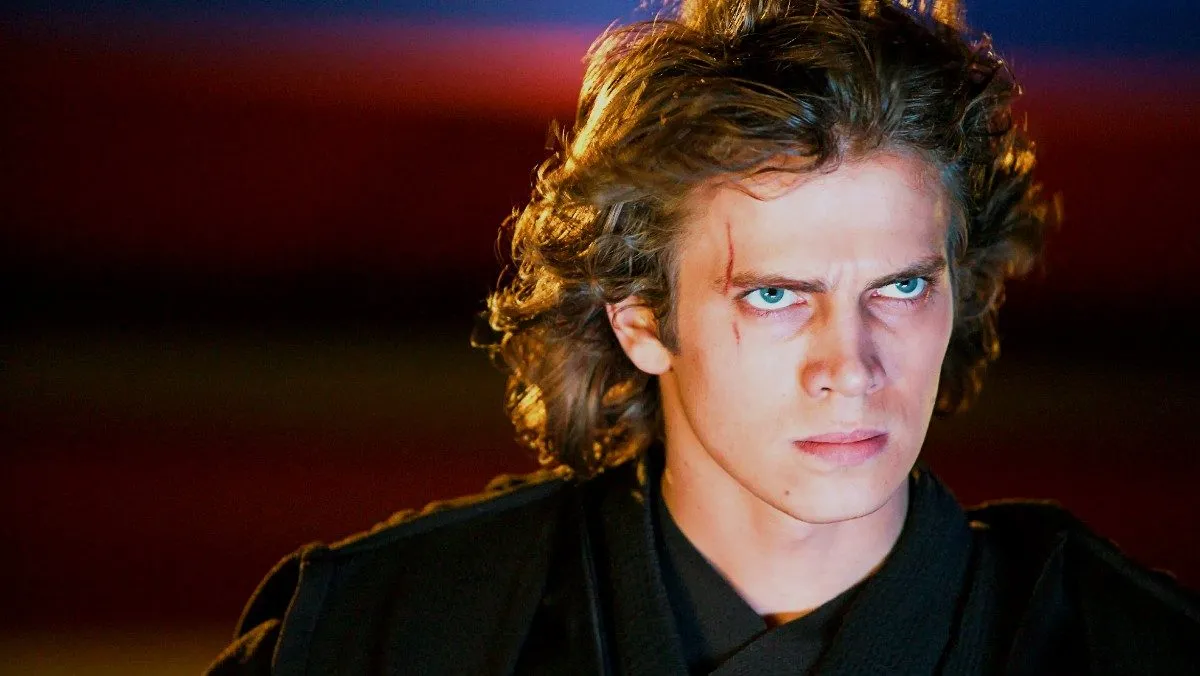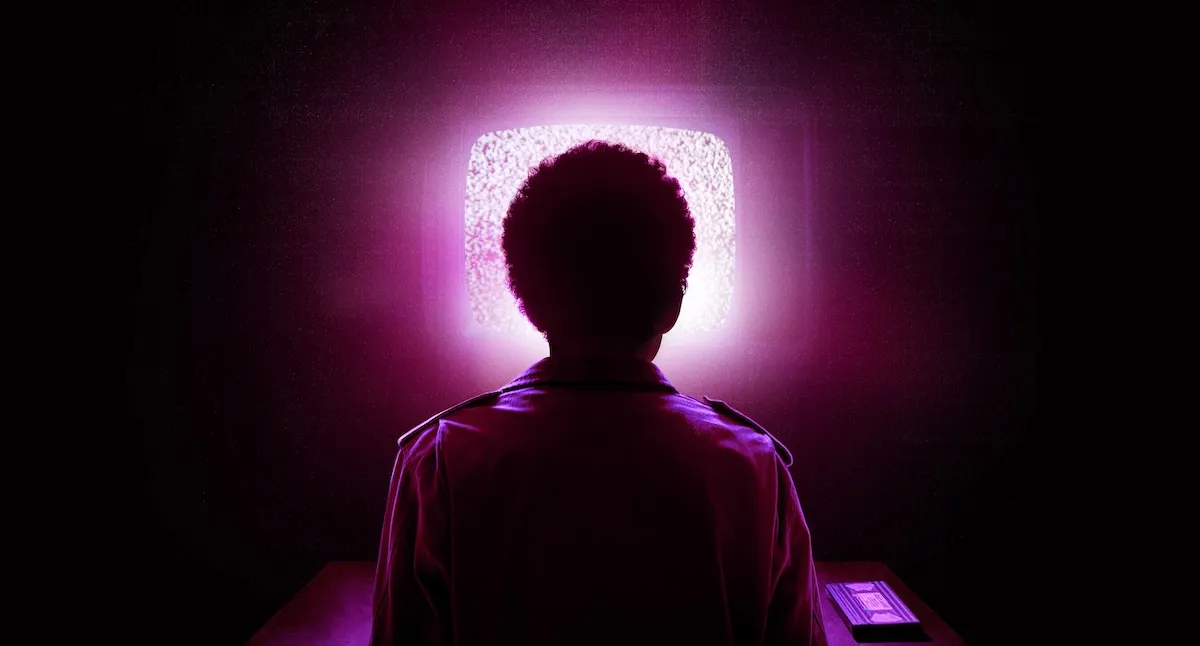I enjoy delving into the past if there is a little dirt and mystery to be unearthed, and the tawdry beginnings of one of pop culture’s most iconic figures, Barbie, certainly fit the bill. While Barbie is living her best life thanks to her billion-dollar movie in 2023, her humble 1930s origins wouldn’t exactly set the stage for a mind-boggling fortune. The Barbie film has garnered a devoted fanbase with its delightful mix of humor, dreamy pastel visuals, and surprisingly deep insights into social issues like sexism.
But amidst all life’s pink perfection, a hidden bloom often waits to reveal its true colors. And, behold, within this cinematic masterpiece lies a line that has ignited the flames of fascination, controversy, and confusion among its captivated audience—the audacious comparison of Barbie to a “fascist.” Then came the inevitable follow-up question: Does the seemingly perfect girl with a penchant for feminism have any ties to the world of fascism?
Let’s dive into the “fascism” joke and peel back its layers
In a pivotal scene of the movie, Barbie comes face-to-face with Sasha, played by Ariana Greenblatt. Sasha unleashes a verbal storm on Barbie, accusing her of being the poster girl of impossible beauty standards that leave women feeling like wilted flowers in a garden of perfection. In her grand finale, Sasha drops the mic and labels Barbie as a “fascist”—talk about an unexpected twist. Barbie, caught off guard, laments the accusation, exclaiming, “She thinks I’m a fascist? I don’t control the railways or the flow of commerce.”
This line in the movie is a reference to a long-running misconception about Benito Mussolini, the first widely acknowledged fascist leader. Mussolini, who led Italy, proudly boasted about his “miraculous” ability to transform the chaotic train schedules into a well-oiled machine. (As someone who lives in Italy in 2023, I’m laughing while ‘in ritardo’ at the irony of it all.) This claim was intended to highlight Italy’s so-called remarkable knack for progress and efficiency during its flirtation with fascist rule. However, the idea that Mussolini single-handedly transformed the punctuality of the train system is an exaggeration. While Mussolini’s regime did dabble in Italy’s transportation infrastructure, it’s not like the man himself played conductor to ensure the trains ran on time.
Mattel didn’t exactly jump for joy at the “fascist” joke in the movie. As Greta Gerwig later revealed to The New York Times, Mattel never entirely gave her the official thumbs up. Still, she was confident the company would accept the idea after seeing the finished product. Gerwig’s unwavering resolve to slip in that joke stemmed from her belief in addressing the societal criticisms of Barbie head-on. She was adamant that having an intelligent and eloquent character like Sasha was essential so that Barbie could finally realize that her mere existence doesn’t magically solve all women’s problems. Gerwig’s personal experiences, including her mother’s disapproval of Barbie, influenced her decision to address these issues in the film.
So, does Barbie, the iconic symbol of perfection, have a secret connection to fascism?
Yes, she does, and no, it isn’t a closely guarded secret. Whenever I walk down the toy aisle of a department store and see those neatly lined boxes containing the latest version of Barbie, I can’t help but feel a pang of nostalgia. Growing up, Barbie’s perfection—her unrealistically long, lean body and wardrobes that, in some instances, I would have utterly borrowed if they came in a human size—was the craze. But Barbie, much like illustrious individuals whose regrettable tweets from yesteryears resurface to torment them, should not be placed on a pedestal.
It’s important to know that Mattel’s show-stealing creation can be traced all the way back to 1950s Germany, long before she was known as Barbie. And even before that, during World War II, a racy gag gift existed for adult men: the Bild Lilli doll. Provocatively dressed, with a saucy smirk, the Bild Lilli doll was based on a popular comic strip character from a German tabloid. Fast forward to a visit to Europe taken by Ruth Handler, co-founder of Mattel (and played by Rhea Perlman in the Gerwig film), and you’ll find the moment she discovered Bild Lilli. Handler noticed the potential of the Lilli doll after WWII and wanted to recreate her for a new audience.
Inspired, she whisked the doll across the ocean where Barbie made her grand entrance onto the scene in 1959. A wholesome and fashionable doll that would appeal to young girls, Barbie quickly became a sensation. Though she has significantly changed over the years, Barbie’s earliest appearance was heavily influenced by the Lilli doll. Barbie, like Lilli, had a curvy, adultlike body and an attractive demeanor.
So, how does fascism enter the picture? Well, the famous comic strip that first featured Lilli depicted her mingling with former Nazis and Wehrmacht officers, and the plots represented a post-WWII casual normalization of those figures. Not suitable for a bedtime story, is it? However, it’s fine to acknowledge that the Barbie we know and love today is not a symbol of those awful times. Mattel’s invention has evolved, taking on various professions, backgrounds, and body shapes. But isn’t it just slightly unnerving that her origins are tied to something contrary to the progressive values she now embodies?
Hold your horses before you go tossing out your colossal stash of Barbies
I’m not here to cancel Barbie or encourage everyone to throw out their collections. Reflecting on Barbie’s journey should be a means of enlightenment and education. It’s a testament to evolution and rebranding. Barbie has held more careers in her plastic frame than most other dolls could in ten lifetimes. She’s been a model of reinvention from astronaut to zoologist and every profession in between. However, as with any story, it’s important to remember and recognize all facets. When I think that Barbie’s ancestor was a satirical adult toy that made light of a troubling era, it reminds me of how crucial learning history is.

In today’s fast-paced world, where we gobble up tidbits of info without batting an eye, delving into Barbie’s past is a lesson in the importance of understanding the whole story. How many more seemingly innocent images and symbols may have deeper roots that we are ignorant of? While I still appreciate Barbie’s latest astronaut suit or her smart business outfit, I’ll remember Bild Lilli on my next toy shop visit. It’s a reminder that history can have some tangled roots even when packaged in the most glossy and polished form.
(featured image: Warner Bros.)



